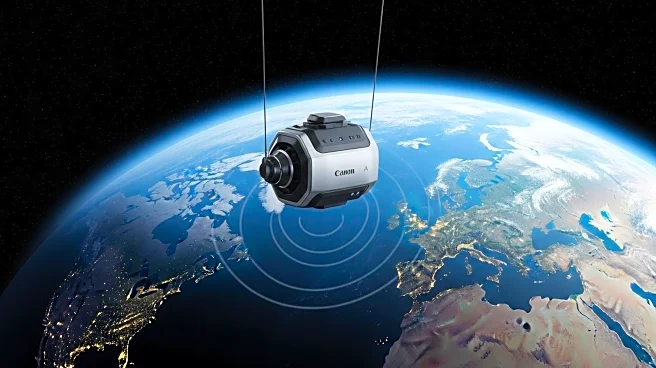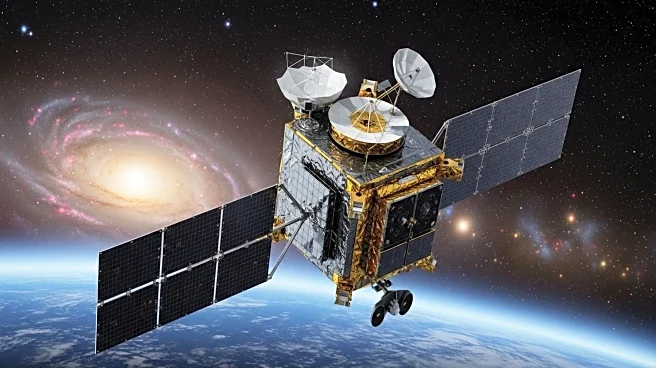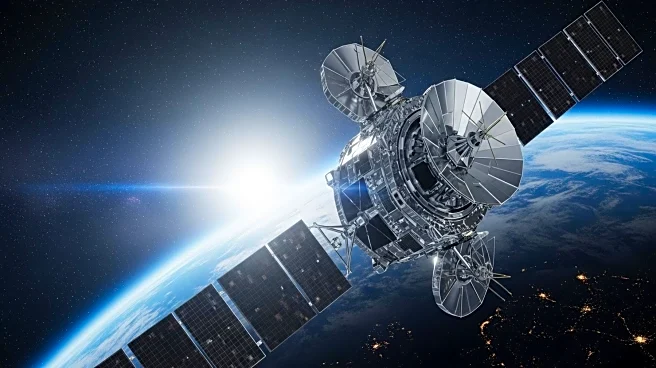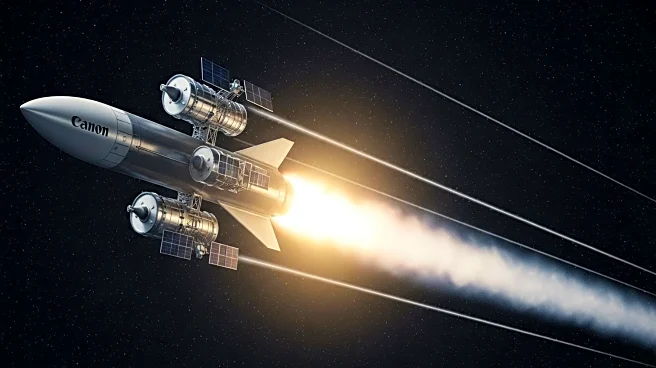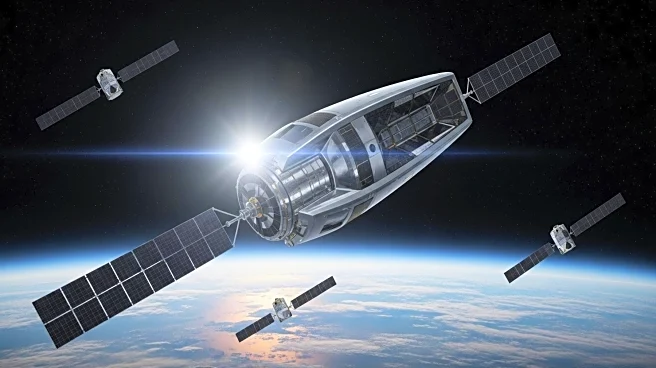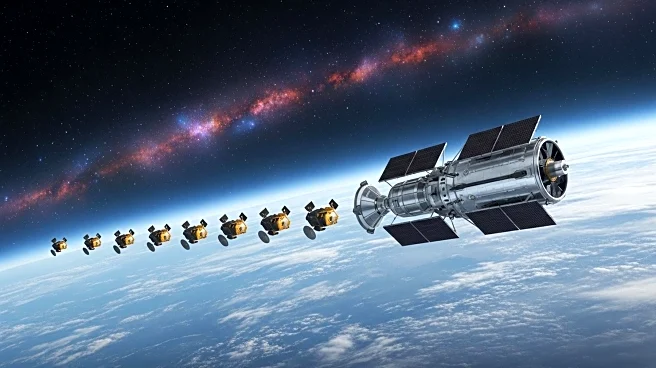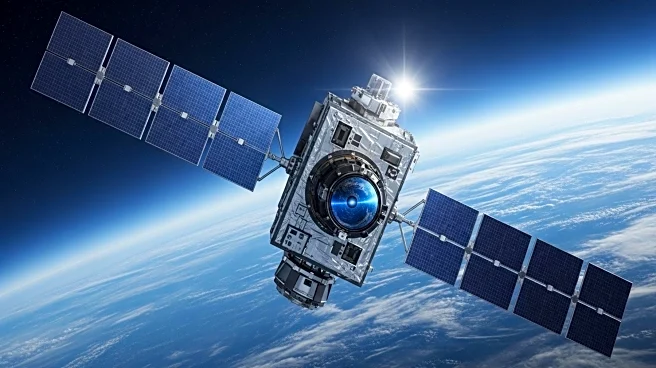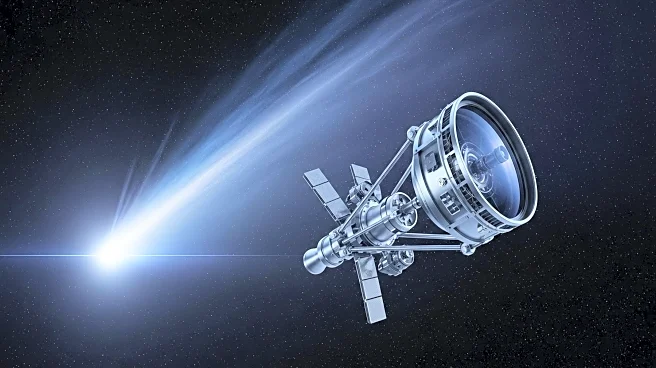What's Happening?
NASA, in collaboration with Aloft Sensing, has developed a compact radar system capable of detecting Earth's surface changes from high altitudes. This shoebox-sized radar, designed for high-altitude, long-endurance (HALE) platforms, can capture millimeter-scale movements without relying on GPS. The radar's ability to detect subtle changes, such as those preceding volcanic eruptions or snowpack loss, positions it as a valuable tool for early disaster warnings. Traditional radar systems using interferometric synthetic aperture radar (InSAR) techniques are typically large and power-intensive, making them unsuitable for HALE platforms. The new HALE InSAR system, weighing under seven kilograms and consuming less than 300 watts, addresses these challenges while maintaining high precision. It features a flat, tablet-sized phased array antenna that allows electronic steering without physical movement, enhancing its versatility for lightweight platforms.
Why It's Important?
The development of this compact radar system represents a significant advancement in Earth observation technology. Its ability to operate without GPS is crucial for missions in remote or GPS-denied environments, such as disaster zones and polar regions. This feature also makes it suitable for civil and defense missions, including space-based operations. The radar's compact design and high precision offer potential benefits for environmental monitoring and natural disaster prediction, attracting interest from both civil and defense sectors. By enabling frequent revisits and minimal infrastructure, the radar could transform airborne, suborbital, and orbital Earth observation missions, providing valuable data for scientific research and national security.
What's Next?
The Aloft Sensing team plans to test the HALE InSAR aboard a fixed-wing HALE aircraft, with long-term goals of deploying it on small satellites in low Earth orbit. These future tests aim to expand the radar's capabilities for global monitoring, offering frequent revisits and minimal infrastructure requirements. The evolving design and proven high performance of the radar system suggest it could significantly impact Earth observation missions, both airborne and orbital, enhancing data collection for environmental and security applications.
